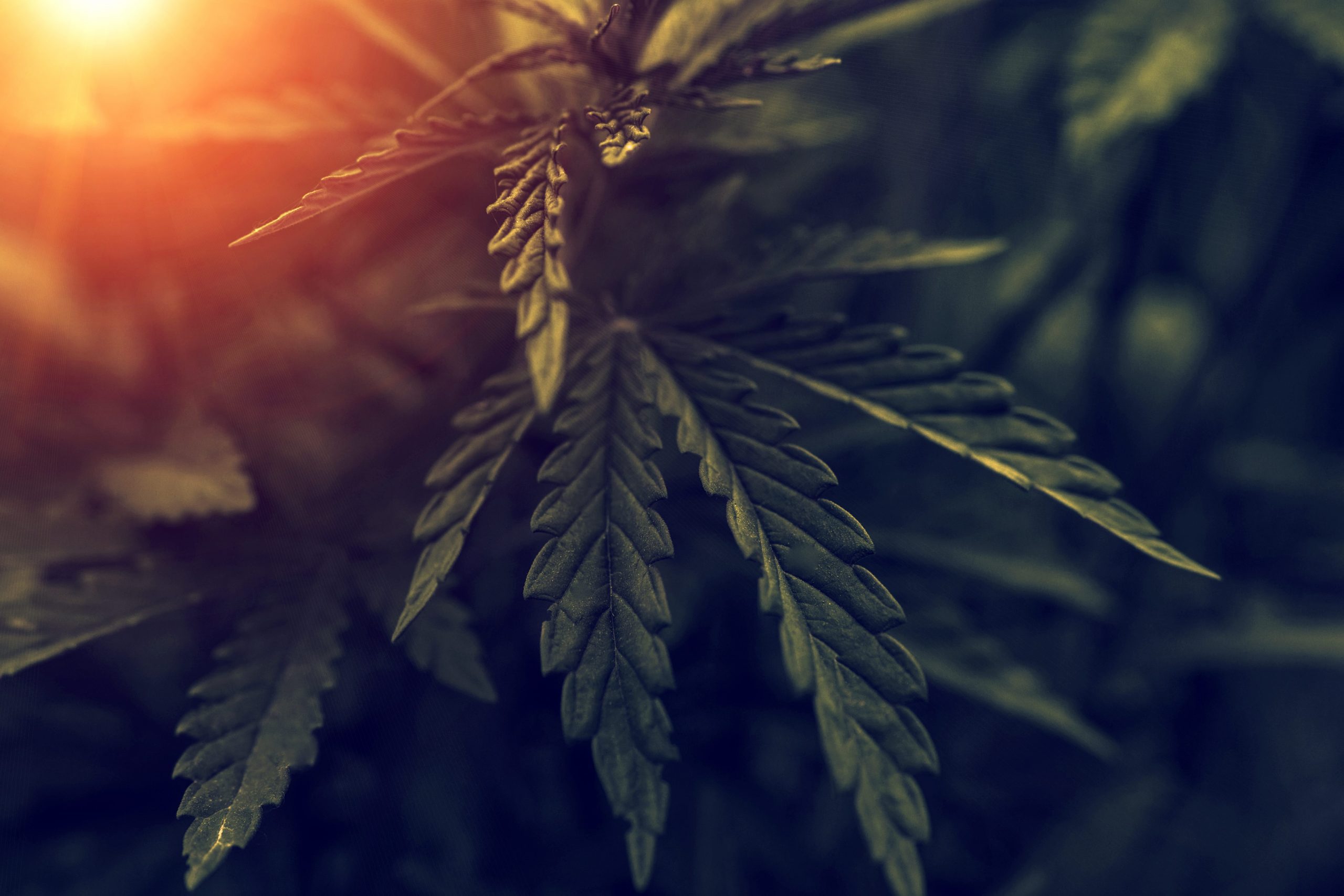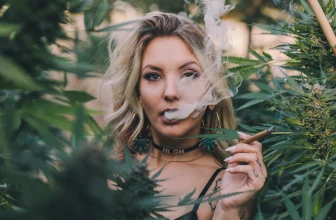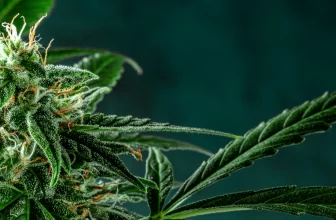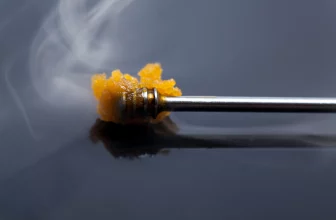
Ah, cannabis. Our green, leafy friend who gives so much and demands so little. Maybe it’s time we learn some more about it.
For starters, let’s define cannabis — the term encompasses three different types of plants:
- Cannabis sativa
- Cannabis indica
- Cannabis ruderalis
Sativa and Indica are the most common plants, whereas Ruderalis is sometimes crossbred with the other two to bring out their best qualities. Both Sativa and Indica love the sun and can grow in a staggering array of climates, from equatorial jungles to far northern boreal forests. Due to this opportunistic and adaptive nature of the plant, it gained the nickname “weed.”
However, “weed” usually refers to the THC-rich substance smoked for recreational or medical use. Cannabis is a much more inclusive term for all the plant’s products.
CBD vs THC in Cannabis
The flowers of cannabis plants are harvested and dried to produce a desired result. While several chemical compounds can come from this process, the most common are cannabidiol (CBD) and tetrahydrocannabinol (THC).
CBD is a nonpsychoactive substance that’s quickly becoming a favorite around the world. For decades, scientists have known that it has almost no side effects, no risk for toxicity, nearly universal tolerance, and offers aid for several different maladies, including epilepsy. It also has a calming effect on mood and may help treat acne, anxiety, and other disorders.
THC is the psychoactive party boy of the cannabis family. It produces a euphoric but mellow high that people have been enjoying for at least four millennia. However, THC works as hard as it plays when it comes to medical benefits, with researchers finding potential uses in fighting cancer as well as improving symptoms across a slew of different conditions.
Hemp vs Marijuana
The term “hemp” refers to plants with trace amounts of THC (we’re talking 0.3% or less). Hemp plants are mostly legal in the US right now, with just four states holding out on full legalization as of this writing.
Hemp is a superhero plant. Not only does it give us CBD, which would be more than enough, it also produces the delicious and nutritious hemp seed oil, as well as fibers that form clothing, footwear, paper, biofuel, insulation, and more.
The marijuana plant is where we gather THC. This plant’s stalks and seeds are not quite as versatile as hemp, but its flowering buds more than make up for it. The resinous flowers are rich in cannabinoids and contain as much as 30% THC when dried out.
How Does Cannabis Turn Into Oil?
Well, the non-nerdy answer is that we dissolve the plant’s flowers in some stuff, the stuff we want comes out, and we mix that stuff with some other stuff to make oil.
If you’re still unclear, read on.
The first thing to know is that all the things we’re interested in within the cannabis plant, like CBD and THC, are nonpolar — that is, their molecular structure doesn’t really allow them to dissolve as well in a polar solvent like water. However, when you add a nonpolar substance like butane or propane, they dissolve beautifully.
While it may sound ill-advised to use literal petrochemicals to extract the compounds we ingest into our bodies, there are actually lots of reasons we do so. Nonpolar solvents have low boiling points, for starters. You can boil butane at just 30.2° F, whereas the boiling point of delta-9 THC — the compound we’d be after in this example — is 314.6° F. This is fantastic news because it means boiling our solvent away won’t also boil away our precious THC.
What does happen is that the plant’s resin glands dissolve fully in the solvent, leaving the cannabinoids and terpenes separated from the vegetable matter. A desiccator vacuum pump then evaporates this solvent away, leaving only the desired compounds behind.
To make THC and CBD more palatable and to help our bodies ingest them, the substances are then suspended in a healthy, yummy, lipid-like coconut oil or hemp seed oil. If we were to mix them in water, they would naturally separate over time, whereas these oils are nonpolar and keep the cannabinoids evenly distributed throughout.
Check out the these recipes:
Bonus Knowledge
One interesting thing about CBD is that it does better when it has a support group of friends — like THC and other cannabinoids — around it. Although CBD works well when it’s totally isolated, this “entourage effect” means it will be more effective if it is combined with more cannabinoids.
You can take advantage of this by choosing full-spectrum oil or broad-spectrum oil. Full-spectrum oil contains THC and thus will get you high, while broad-spectrum oil contains some other cannabinoids but does not contain THC, and therefore won’t get you high.
What Is a Strain
The last important topic to touch on is the concept of a “strain” of marijuana. While people have traditionally categorized marijuana based on Indica (thought to be relaxing), Sativa (thought to be energizing), and hybrid (somewhere between the two), there isn’t too much evidence to support doing this.
Really, it’s more useful to talk about the effect of the product, and that’s where strains come in. There’s a lot of genetic variability in seeds, and that means that even seeds marketed with the same name can have genetic variety. Brands and hobbyists can cultivate their own strains and try to describe their effects, though everyone reacts differently to cannabis.
Recap
Here are the key takeaways:
- Cannabis encompasses a variety of different plant types but includes both the hemp and marijuana plants
- CBD doesn’t get you high, while THC does
- CBD comes from the hemp plant, which also produces fibers for food, clothing, and other materials
- Cannabis oil comes from an extraction process in which the plant matter is dissolved in a nonpolar solvent, leaving compounds like THC and CBD isolated
- These compounds are dissolved in oils like hemp seed oil or coconut oil for ingestion
- Cannabis strains are slight genetic variations of plants and can have different effects
So armed with your new cannabis knowledge, proceed boldly and impress your friends. Make more informed purchases and expand your enjoyment of all its leafy green pleasures.
Check out CBD Products online.






